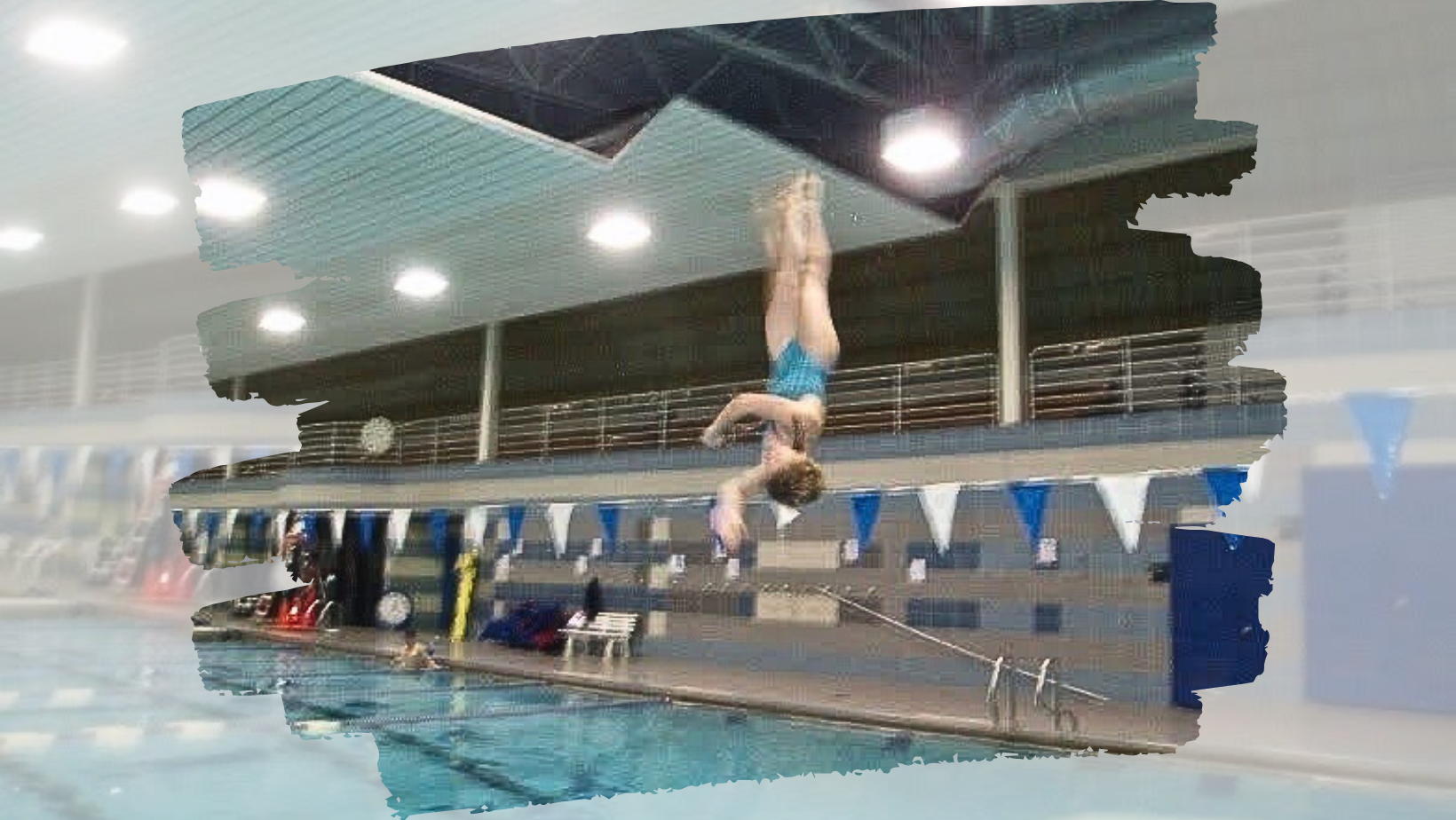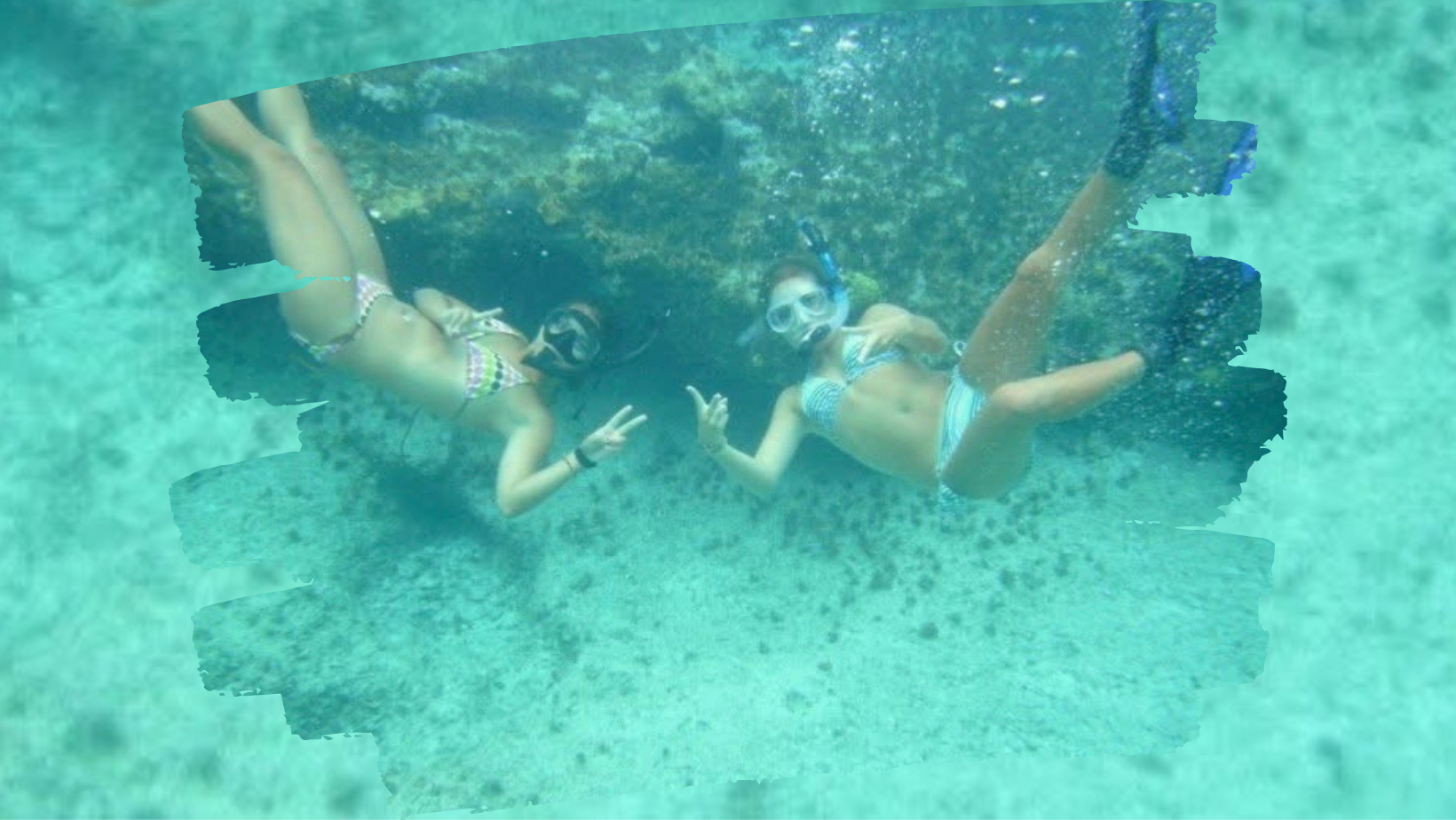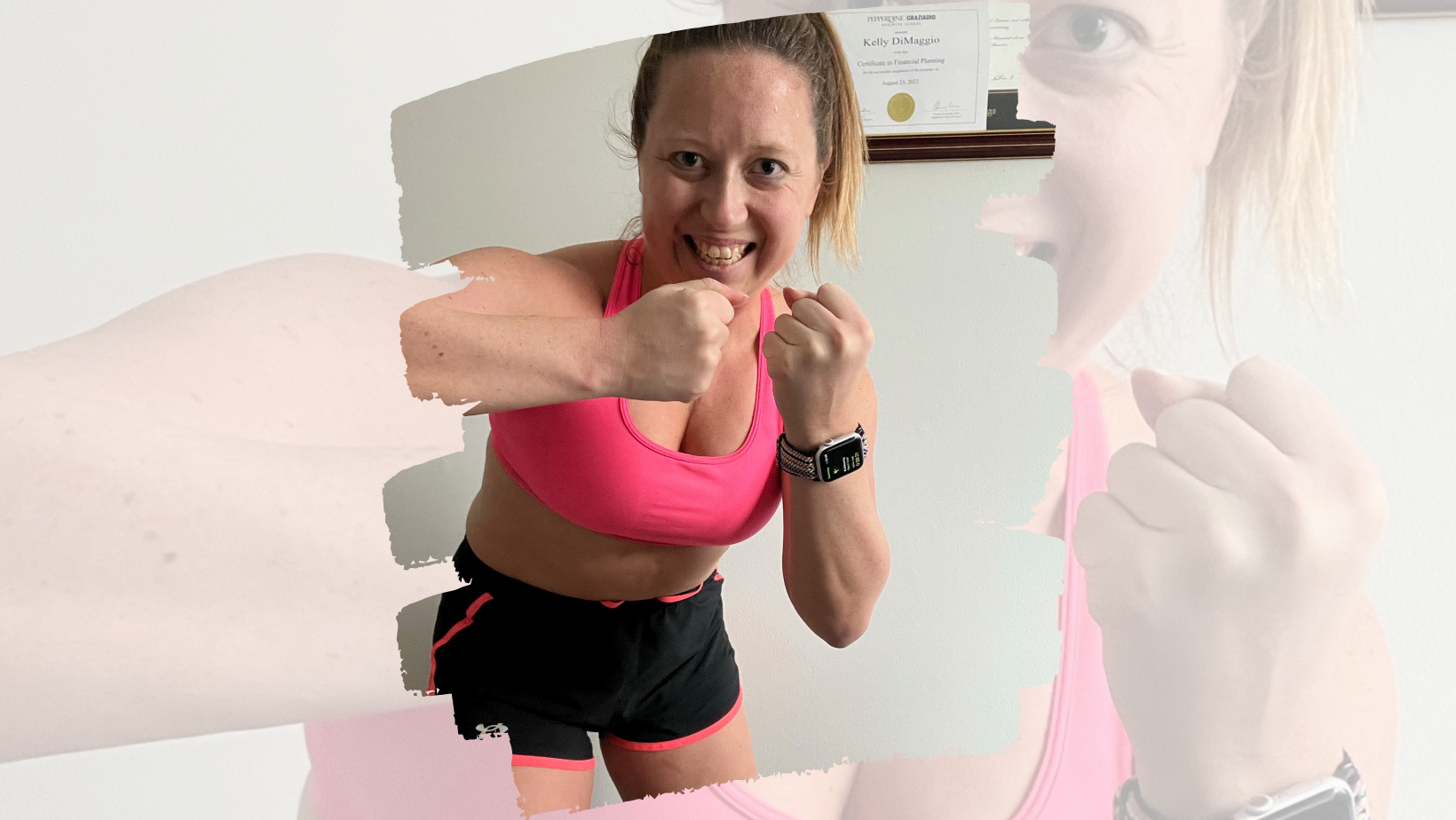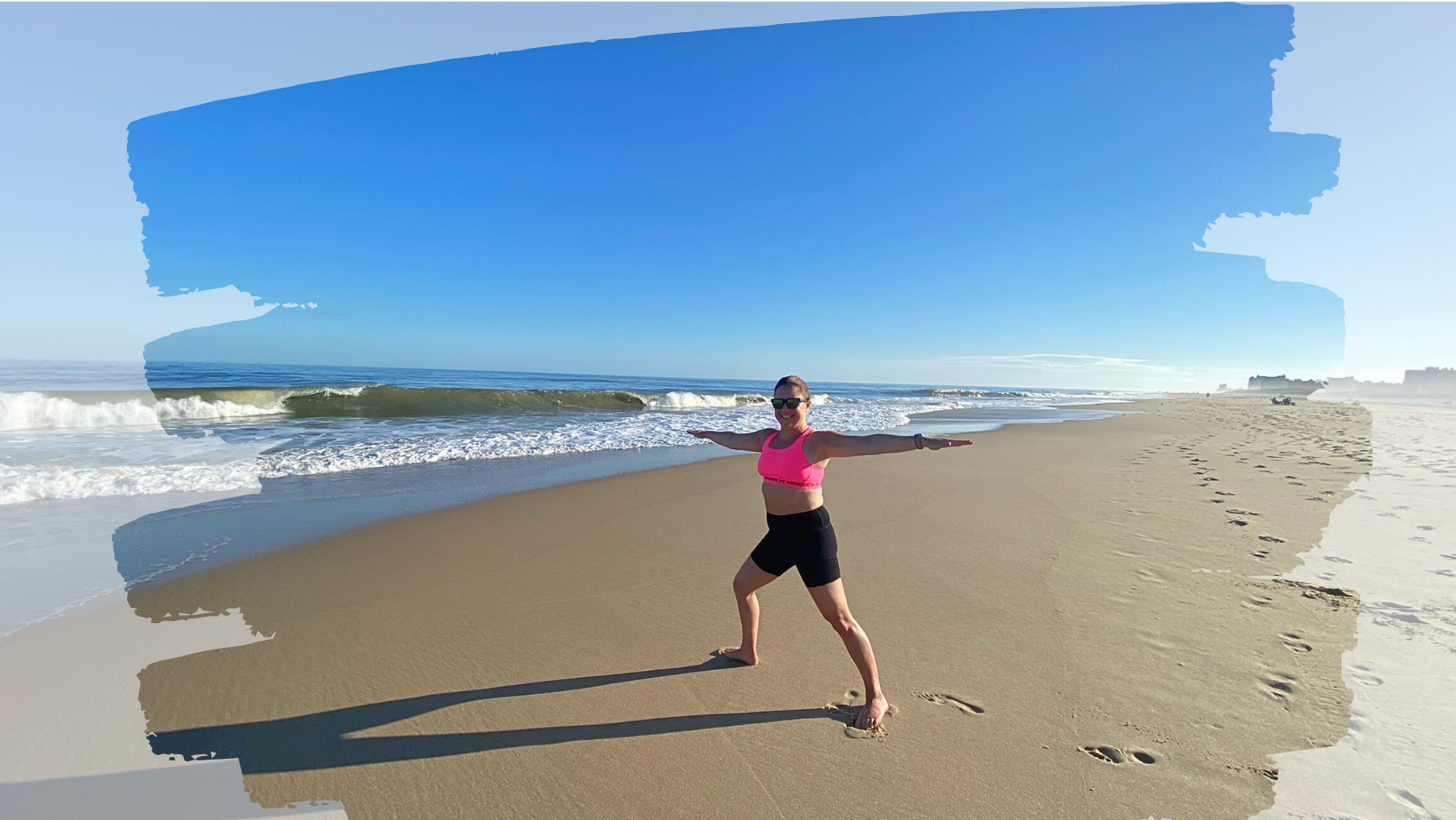Kelly DiMaggio: Pushing Limits with Half a Heart
For decades, children with single ventricle hearts were told not to exercise. Kelly DiMaggio’s story challenges old fears — and redefines what true strength means.

I admire parents who have the know-how, the strength, and the resolve to hold back their kids. I am none of those things.
When our seven-year-old Emanuela was telling her grandparents about her weekly activities, it went something like this:
- I swim on Mondays, then go to gymnastics on Tuesday, I learn French on Wednesdays, and religion on Thursdays. On Fridays I'm climbing, and on Sundays I'm roller skating. Wait!
Her eyes lit with excitement:
- I have nothing on Saturday.
And no, the excitement wasn't for having a day off, but for having a day available — preferably for another sport.
Playing it Safe
My daughter is unstoppable. That's why I always wonder how in the world are parents able to contain their children with a congenital heart disease? Luckily, they don't have to anymore. The old advice — like the one parents of Kelly DiMaggio heard over 30 years ago, that children with "sick hearts" shouldn't do sports — is outdated. The problem is that many still don't know that.

Back then, it wasn’t that anyone told me ‘you can’t do sports’ — it was just kind of understood. Anything really cardio-driven left me out of breath quickly, so I never pushed it. My parents didn’t treat me differently, but when it came to athletics, I wasn’t exactly encouraged either. The mindset at the time was: know your limits, don’t push too far. Looking back, I realize I probably could have done more — but that just wasn’t how things were 30 years ago.
Kelly DiMaggio, adult patient
Kelly was born with hypoplastic left heart (HLHS), mitral atresia, transposition of the great arteries (d-TGA), and a large atrial septal defect (ASD) — a hole in the wall between the heart's two upper chambers. She is 37 years old and had her last open-heart surgery when she was four.
I still have my original heart, my original Fontan that was done in Milwaukee, Wisconsin. I don't have a pacemaker or anything. I'm on blood thinners. I had three blood clots behind my knee about ten years ago, and I take medication to control AFib* — but that's really about it.
I first heard Kelly speak at a webinar on redefining exercise for single ventricle care, organized by Sisters by Heart. She not only melted my heart but inspired me to stop excusing my healthy self from going to the gym. She strikes me as someone who doesn't give in easily. She's learned that the hard way — fighting not only for her own lack of enthusiasm for sports but also an environment that was more prone to worry than to cheer her on.
The fact is, I did get out of breath quickly. I couldn't imagine running up and down a field or competing at a higher level. Growing up, I never really saw myself as athletic. I did what I could to meet the school's physical education requirements, but I was never drawn to sports. Part of it was physical, but part of it was mental too. No one ever told me outright not to do it — it was just kind of understood that there was only so much I could do, and not to push beyond that. So, I learned to play it safe.
Kelly learned to “know her limits” early on — to take breaks when she felt tired and to avoid overexertion. First, she chose field hockey. It went well until high school, when the game became more competitive. What began as sensible caution slowly turned into self-protection. She stayed on the safe side of effort when coaches warned her that her stamina wouldn’t keep up. She didn’t protest but quietly accepted the rules set for her. She stepped aside, worked the scoreboard instead, and later joined the school’s diving team — the kind with jumps and flips off the springboard. It was a sport that, as she says, “wasn’t physically strenuous from a cardiac perspective.”

Looking back, she admits she might have been able to do more.
Discovering Strength
For Kelly, the diving board became her comfort zone — close to the water she loved, part of a small team, and just enough to feel included.
I’ve always loved the water — not distance swimming or anything intense, but it was something I felt I could do. I wanted to be part of a team, and I needed the credits for school, so it was a bit of everything. It was fun, and I really enjoyed it. It was a small team, so I stayed with it through high school, but after that, it was just something I did for a while — nothing more serious than that.
After high school, though, she stopped. In college, there were no sports, no routine.
I guess I would say I wasn’t motivated, but also, I didn’t think there was anything I’d really be able to do — or keep up with — at a college level.
That started to change when she spent a few months in the Turks and Caicos Islands working on a marine biology program.
I’ve always loved the beach, the ocean, and all things marine biology. I can’t scuba dive because of the pressure, but during the program I joined, we were allowed to snorkel — and that’s where I really found my stride. With the snorkel, I didn’t have to keep turning my head to breathe, and suddenly my stamina felt so much better. When we had to do a swimming test, I remember thinking, hey, I can do this. That was definitely one of the shifts for me. Since then, whenever my husband and I travel somewhere tropical, we always go snorkeling — it’s still something that makes me feel strong and at peace.

But that was only occasional — not enough for her body to feel real benefits. Playing it safe her whole life began taking its toll. As she grew older, she visited her cardiologist more often, feeling generally unwell and tired. Without a clear diagnosis, her doctor narrowed it down to a single conclusion: Kelly had to start moving. Her doctor prescribed walking — no matter how fast or how far, just walk.
I had started walking and slowly building up my stamina, but I hadn’t picked up weights or tried any group fitness. I remember once my husband and I went to a class — and during the warm-up, I had a panic attack. I told him, ‘We have to go. This isn’t for me. I can’t keep up.’ Looking back, I realize now that it was just the narrative I’d grown up with.
Then came the COVID years. With her husband working long shifts, Kelly worked remotely — isolated, lonely, and fearful. In search of connection, she found online workouts and opened her living room to trainers with their live programs.
The very first workout I did was body-weight. And wow, did I struggle! I was so sore afterward. But I just stuck with it, joining different live classes, getting to know different trainers. Slowly, I built up my stamina, and over time, I started incorporating weights, doing HIIT and yoga. Now, for the past five years, for the first time, I actually feel like an athlete. My heart is doing really well because of all the exercise I’ve been doing. Sometimes, when my husband's working out with me, he quits before me!

During these years, Kelly’s growing confidence took her all the way to Arizona, where she won a fitness challenge and trained with one of the toughest instructors she’d ever met. The experience taught her something simple yet profound: exercise doesn’t have to be all or nothing.
There were moments when I could keep up completely, and others when I had to slow down or modify. But that’s the point. We cardiac patients get really good at knowing our bodies — when to push and when to pull back. Just because you can’t be a long-distance runner doesn’t mean you can’t exercise. There’s a whole spectrum between extremes — functional movements, strength work, low-impact training. It’s not black and white. Some days I lift weights, and other days I know all I need is a walk or light stretching. You learn to listen. You know your limits. And that’s what makes it sustainable.
Training for the Future
Determination might have come from desperation, but whatever sparked Kelly to start, it made sports a huge part of her life. She has a gym in her office that she uses, on top of following video or written training plans. Most importantly, she has the full support of her cardiologist.
It’s all been very empowering. But even now, my parents still worry sometimes — ‘Are you exercising too much? Are you pushing too hard?’ — because that’s what they were taught when I was growing up. Even though everything has changed since. We now know how good exercise really is, and I honestly feel like my heart is doing better because of it.

Kelly gave me a lot to think about...
I know for a fact that many parents still fear letting their children with congenital heart disease engage in sports. Even when their cardiologists advise it, many "play it safe" and write notes to PE teachers to excuse their children. While I, as a mother, completely understand the need to protect, the problem is when protection becomes harmful. I often wondered myself where the balance lies — and who defines it.
Was I endangering my daughter by allowing her to climb the ropes at the playground, hang from the top, and jump into the sand below just weeks after open-heart surgery? Since she was born, I've asked myself how much I should hold her back. But then I thought — even healthy children stop when they need rest. No child's instinct is to work themselves to exhaustion. Children, like adults, learn their limits through trial and error. And yes, when raising a high-risk child, those errors can carry higher stakes, but who's to say the benefits of trying don't outweigh the risks?
For Kelly, the benefits of exercise have been both physical and deeply personal.
The benefits I’ve seen from exercising — not only physical, but for my mental health too — have been incredible. My Fontan pressures have gone down, my heart function is strong. I feel more confident, I've found groups where I fit in and belong, and mentally I'm in a much better place. Every cardiologist I’ve seen agrees: exercise truly is one of the best medicines we can prescribe.
Still, she can’t help but wonder what might have been different if she’d started earlier. Would she be in even better shape? Perhaps most inspiring of all is how she now sees movement not as a risk, but as preparation — for life itself.
I think of exercise as training for the future. If I ever need another procedure, I want to be in the best shape possible. I want to be strong so I can recover faster and better. There are so many adults like me who weren’t encouraged to exercise but found it later and are now thriving. So why not start earlier for the next generation? Most recent scientific data surely supports it.

In the end, her message to parents is simple — trust your children's intuition.
When you’re born into this body, you learn to listen to it.
And I can imagine the same advice goes for adult patients too. Everyone knows their own body — what it's capable of, and where its limits are — better than anyone else. But since meeting Kelly, I know for sure I won't wince the next time my seven-year-old comes up with an idea to try a new sport. With winter approaching, I can already see her out on the ice, breaking in her new skates.
*AFib or atrial fibrillation: an irregular and often rapid heart rhythm.
Medical Disclaimer
This article is for informational or educational purposes only. It does not substitute professional medical advice, diagnosis or treatment. Always seek the advice of a physician or other qualified health provider.